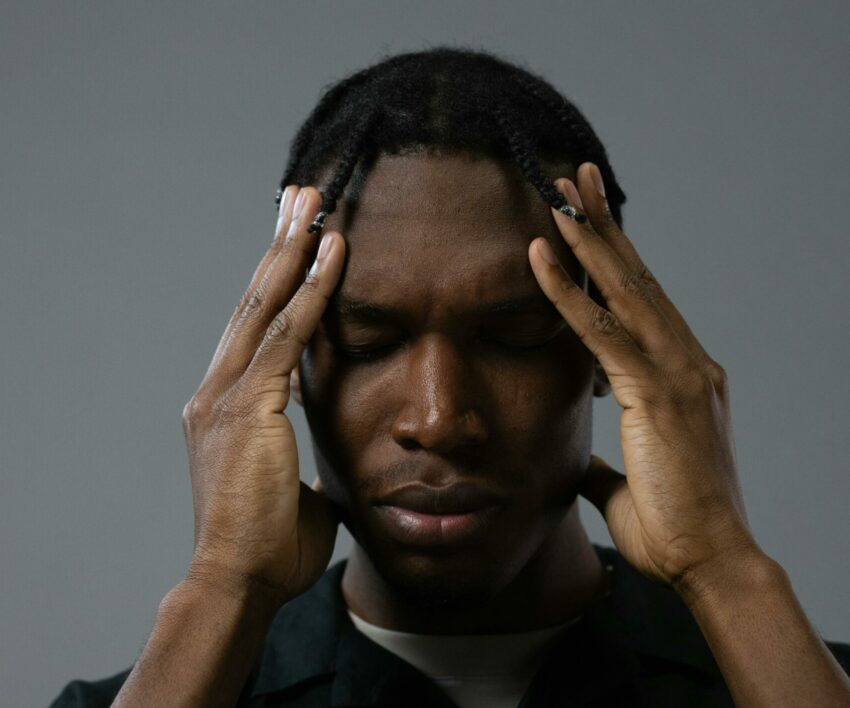Child sitting alone: Picture: pexels
We’ve all had those moments—stumbling over your words, not knowing where to look, or feeling out of place in a crowd. Social awkwardness can make even the most everyday interactions feel like a challenge. For example, me! It takes a lot of dying to myself for me to approach and greet someone, because how do people do that so easily?
If you ever wondered what being socially awkward looks like, this is what social experts and those in psychology have to say. According to Better Up, social awkwardness is characterised by difficulty in communication or engagement in social settings, often resulting in physical symptoms like sweating or fidgeting.
The mentioned publication also states that this condition can hinder effective problem-solving, conflict resolution, and communication. “It can sometimes be confused with other social difficulties like social anxiety or introversion. However, for most people, social awkwardness occurs as a result of one or more of these challenges.”
Symptoms of being socially awkward according to Psych Central, involve difficulty navigating social situations, failure to meet expectations, feelings of loneliness, less intuitiveness, crossing boundaries and unknowingly invading people’s spaces, stage fright, and hyperventilation.
Choosing Therapy claims that the causes of social awkwardness include introversion, as introverts may experience social awkwardness due to their need for solitude. Overthinking is said to ruminate on past interactions, causing negative self-talk. “Individuals with perfectionism tend to have more social awkwardness because they hold themselves to a high standard. They may fear disappointing themselves or others. If every social interaction must be performed perfectly, it can make having easygoing conversations tricky.”
The above source further states that childhood bullying, imposter syndrome, shyness, social media use, and neurodivergence can all contribute to social awkwardness in adulthood. Early experiences are believed to cause fear and anxiety, while social media use can reduce in-person socialising. “Neurodivergent individuals communicate differently than neurotypicals. For example, autistic individuals may speak directly, avoid making eye contact, and struggle to guess how someone else feels.”
Also see: Tips to politely end a conversation














